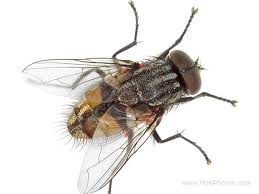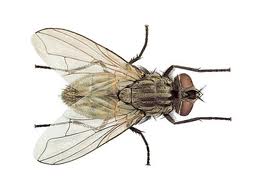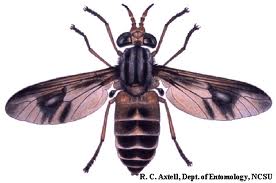The majority of flies in and around Canadian farms can be controlled using a Fly Parasites program. It is however important to understand that Fly Parasites only attack flies that breed in manure, compost or other similar material.
Below is a list of the most common flies that are found around Canadian farms.
| Fly Type | Bites | Nuisance | Targeted by Fly Parasites |
| Black Flies | Yes | Yes | some |
| Blow Flies | Yes | Yes | Yes |
| Bot Flies | No | Yes | Yes |
| Cluster Flies | No | Yes | Yes |
| Deer Flies | Yes | Yes | Yes |
| Horn Flies | Yes | Yes | Yes |
| Horse Flies | Yes | Yes | Some |
| House Flies | No | Yes | Yes |
| Stable Flies | Yes | Yes | Yes |
Description
Life Cycle
Food Source
Indications
Threat

Description
Life Cycle
Food Source
Indications
Threat

Description
Life Cycle
Food Source
Indications
Threat

Description
Life Cycle
Food Source
Indications
Threat

Description
Life Cycle
Food Source
Indications
Threat

We strongly recommend using a method that targets adult flies as part of your fly control program.
Please contact us for a NO OBLIGATION discussion on a customized fly control program utilizing fly parasites (1-888-668-7264).
We strongly recommend using a method that targets adult flies as part of your fly control program.
Please contact us for a NO OBLIGATION discussion on a customized fly control program (1-888-668-7264). We are not after a fast sell, but rather we hope to have a long-term satisfied customer.
Our business has grown across Canada virtually by word of mouth and we welcome all inquiries. Our commitment to you is to create the BEST, MOST ECONOMICAL AND LONG-TERM BIOLOGICAL FLY CONTROL PROGRAM.
We have been using fly predators every Summer for the past 7 or 8 years. I feel very fortunate to have found a reliable, cost effective local source of bugs. I can wholeheartedly recommend not only the bugs themselves as a very effective, environmentally friendly part of a fly prevention strategy, but also Good Bugs as a very reliable and friendly source of predators.
Amanda J Booth - DVM, MVetSc, Dip. ACVIM
Our neighbour was using fly parasites last year and raved about how they worked. We did notice fewer flies last year but thought it was just a natural occurrence. We decided to try the parasites this year and WOW. The flies at both of our barns are so low you hardly notice them - not like in previous years. We have been converted!
Alison Y. - Farmer